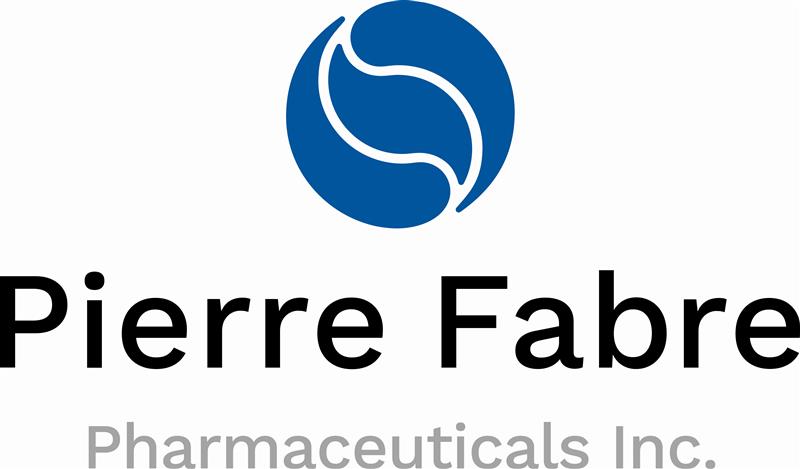
Pediatric Surgeon. Pediatric Transplant Surgeon involved in Liver and Intestinal Transplantation, PhD. Also involved in the Intestinal Rehabilitation Field. Pediatric Surgery Residency from 2002-2007 at Hospital La Paz (Madrid, Spain). Visitor fellow in Omaha (nebraska) in 2007-2008. Pediatric Transplant Surgeon from 2009 to 2025. Member of several Transplant Assocations (IRTA; IPTA, SETH; SET; ESOT...). Part of several ERNs (TrasnplantChild, ERNICA). Associated Teacher at University Autonoma of Madrid from 2010.
Hypothermic oxygenated perfusion (HOPE) in pediatric liver transplantation: preliminary results
Ane Andres1,4, Maria Velayos1,4, Javier Serradilla1,4, Alba Sanchez-Galan1,4, Jose L Encinas1,4, Paula Burgos2, Iñigo Velasco2, Jorge Utanda2, Esteban Frauca3,4, Francisco Hernandez-Oliveros1,4.
1Pediatric Surgery, La Paz University Hospital, MADRID, Spain; 2Cardiac Surgery. Perfusion Unit, La Paz University Hospital, MADRID, Spain; 3Pediatric Hepatology, La Paz University Hospital, MADRID, Spain; 4La Paz Research Institute, La Paz University Hospital, MADRID, Spain
Aim: To evaluate hypothermic oxygenated perfusion (HOPE) in pediatric liver transplantation (PLT).
Methods: Children (0-18 years) who received HOPE-treated liver grafts between February 2024-January 2025 were retrospectively reviewed. Indications for HOPE included prolonged cold ischemia time (>7 hours), complex bench surgery, and suboptimal donor conditions, such as donation after circulatory death (DCD).
Results: A total of 15 transplants were performed using HOPE (one retransplantation). Total median cold preservation time (static cold storage + HOPE) was 341 minutes (273-415) and total HOPE time was 105 minutes (93-129.5). Three were DCD donors (one pediatric). In 13 cases, graft reduction was necessary: ex-situ split technique in 6 (in one case an extra reduction was necessary to get a monosegment for a newborn) and atypical reduction in 7 more cases (resection of segments VI-VII, or V-VIII). One multivisceral graft was converted to a liver graft during the bench surgery.
All patients were alive at the end of follow-up except one with leukemia recurrence. Initial primary graft dysfunction was not observed, nor need for vasoactive support, immediate surgery or retransplantation. Median transaminase levels at 1st, 7th and 15th postoperative day were 826/1458 (557-2053/448-2152), 44/214 (33-55/110-340) and 29/51 (22-39/51/107) respectively. One hepatic artery thrombosis and two biliary complications (bile leak) were surgically corrected. There was no ischemic cholangiopathy or admissions for cholangitis during follow-up.
Conclusions: HOPE appears beneficial for PLT, particularly for suboptimal or reduced grafts and complex cases requiring extended bench surgeries. Further studies and long-term data are needed.
TransplantChild.
The WebApp is sponsored by:

If you have any questions during the meeting, please go to the registration desk. Our emails will be monitored sporadically.
REGISTRATION DESK OPENING TIMES
Thursday, May 1, 2025, 07:00-17:30 Friday, May 2, 2025, 07:00-12:00